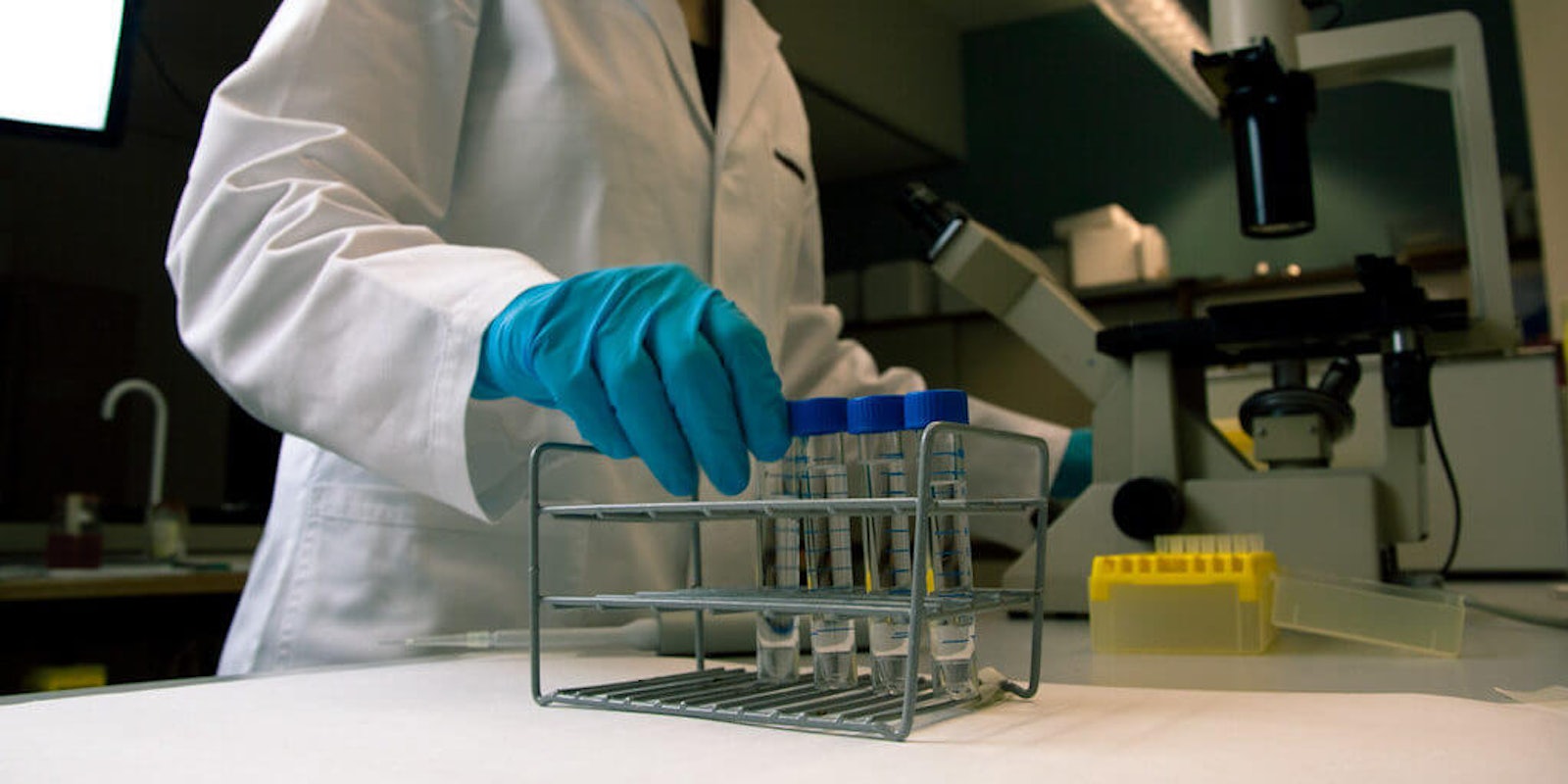The origin of the novel coronavirus has been fiercely debated since the deadly disease began its march around the globe this winter. The internet rumor that it spread from a lab in Wuhan, China was initially considered one of the wilder conspiracy theories.
CORONAVIRUS PANDEMIC
- The Daily Dot is committed to filtering the noise every day as COVID-19 seizes the internet’s attention worldwide. We bring you stories on everything related to the viral pandemic, from the state response to social media fallout, and all the technical flubs, emerging social trends, and disinformation in between. READ MORE ->
Now that theory has become mainstream.
The initial official explanation for how this strain of coronavirus began was simple: it spread from bats to humans at a Wuhan seafood market.
But extremist corners of the internet soon seized on a new narrative: The virus came from a lab. Many accused someone—the Chinese government and Bill Gates remain among their favorites—of creating and releasing it on purpose.
This theory made its way to the U.S. Senate. In a mid-February appearance on Fox News, Sen. Tom Cotton (R-Ark.) speculated that the coronavirus came from a Chinese “super laboratory” near the seafood market.
“We don’t know where it originated, and we have to get to the bottom of that,” he said. “We also know that just a few miles away from that food market is China’s only biosafety level 4 super laboratory that researches human infectious diseases.”
At the time, Cotton was criticized for propagating a false conspiracy theory. But it’s persisted.
Just a week ago, Tucker Carlson was touting it on his show.
You could be forgiven for assuming it’s just the domain of the far-right.
But that’s no longer the case. Now, the British government reportedly believes that it’s at least possible that the virus spread from a Chinese lab, according to Mail on Sunday.
“There is a credible alternative view [to the zoonotic theory] based on the nature of the virus. Perhaps it is no coincidence that there is that laboratory in Wuhan. It is not discounted,” one British official said.
And an April 2 op-ed in the Washington Post said that U.S. intelligence also thinks this is a possibility.
Where this theory and the previous ones diverge, however, is in why the virus came to be, and how it got into the human population.
Early coronavirus conspiracies held that it was created as a bioweapon and released intentionally.
This has been largely ruled out. Genetic sequencing established it originated in bats, and no one seriously argues that it was intentionally released.
The virus originating in a lab, on the other hand, is now considered possible. Mounting evidence both supports this and casts doubt on the seafood market origin story.
The market that’s blamed reportedly doesn’t even sell bats, according to the Post, a claim also made by Carlson. He cited a study from the South China University of Technology that polled 59 people who went to the Wuhan market, who all said the market didn’t sell bats.
And the first reported case had no connection to the market.
The Post notes that the Chinese Center for Disease Control and Prevention lab is a mere 300 yards from the market, however. Further, researchers there and at another nearby facility have written about collecting and studying bat coronavirus.
A microbiologist and biosafety expert told the Post that minimal, and in some cases insufficient, protections were worn by laboratory workers there.
Plus, the Chinese study, which was later retracted, concluded that the coronavirus spread from a Wuhan lab.
Botao Xiao, of South China University of Technology said: “the killer coronavirus probably originated from a laboratory in Wuhan.”
Xiao later decided to retract the study, saying, “The speculation about the possible origins in the post was based on published papers and media, and was not supported by direct proofs.”
Irrespective of how the virus got into the human population, it is undeniably the most serious threat to global health in at least a century.
READ MORE:


